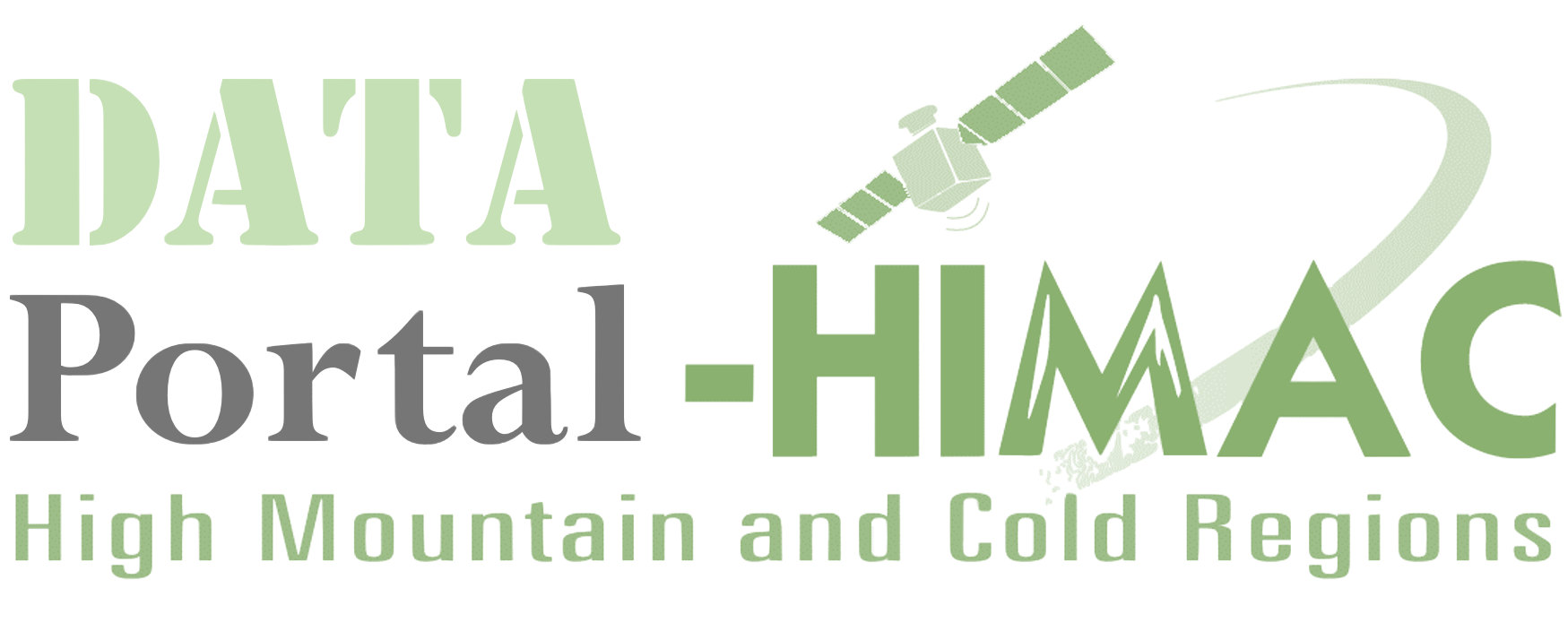Polar Geospatial Center(PGC)
Data and Resources
Additional Info
| Field | Value |
|---|---|
| Source | https://www.pgc.umn.edu/data |
| Last Updated | May 26, 2021, 01:33 (UTC) |
| Created | October 14, 2020, 01:32 (UTC) |
| Country | USA |
| Data Management | The NSF brings transparency to its long-standing policy on dissemination and sharing of research results through the required inclusion of a data management plan with each project submission:https://www.nsf.gov/pubs/policydocs/pappguide/nsf16001/gpg_2.jsp#dmp. Plans for the dissemination and sharing of research results will be traceable from the beginning to the end of a project (proposal, review, and annual/final report). The primary goal of this procedural change is to assure that products of research help NSF achieve its mission to promote the progress of science and engineering. Plans for data management and sharing of the products of research. Proposals must include a supplementary document of no more than two pages labeled Data Management Plan. This supplement should describe how the proposal will conform to NSF policy on the dissemination and sharing of research results (see AAG Chapter VI.D.4), and may include: the types of data, samples, physical collections, software, curriculum materials, and other materials to be produced in the course of the project; the standards to be used for data and metadata format and content (where existing standards are absent or deemed inadequate, this should be documented along with any proposed solutions or remedies); policies for access and sharing including provisions for appropriate protection of privacy, confidentiality, security, intellectual property, or other rights or requirements; policies and provisions for re-use, re-distribution, and the production of derivatives; and plans for archiving data, samples, and other research products, and for preservation of access to them. Data management requirements and plans specific to the Directorate, Office, Division, Program, or other NSF unit, relevant to a proposal are available at: https://www.nsf.gov/bfa/dias/policy/dmp.jsp. If guidance specific to the program is not available, then the requirements established in this section apply. Simultaneously submitted collaborative proposals and proposals that include subawards are a single unified project and should include only one supplemental combined Data Management Plan, regardless of the number of non-lead collaborative proposals or subawards included. Fastlane will not permit submission of a proposal that is missing a Data Management Plan. Proposals for supplementary support to an existing award are not required to include a Data Management Plan. A valid Data Management Plan may include only the statement that no detailed plan is needed, as long as the statement is accompanied by a clear justification. Proposers who feel that the plan cannot fit within the supplement limit of two pages may use part of the 15-page Project Description for additional data management information. Proposers are advised that the Data Management Plan may not be used to circumvent the 15-page Project Description limitation. The Data Management Plan will be reviewed as an integral part of the proposal, coming under Intellectual Merit or Broader Impacts or both, as appropriate for the scientific community of relevance. |
| Data Policy | National Science Foundation (PGC’s primary funding source) policy requires researchers to acknowledge NSF support in all publications, web pages, and media interviews.By accepting PGC’s services, including access to data via the PGC website, users agree to cite PGC and its sponsorship by the NSF. The original source of any third-party data supplied by PGC must also be properly attributed. Acknowledgement of PGC’s assistance provides PGC with valuable feedback and a measure of its success in the scientific community. The National Science Foundation Office of Polar Programs (NSF OPP) requires that metadata, full data sets, and derived data products be deposited in a long-lived and publicly accessible archive. Specific requirements for various OPP programs can be found in the NSF Dear Colleague Letter #16055. The Arctic Data Center was created with funding from NSF to assist with compliance of these requirements by providing that long-lived and publicly accessible archive for Arctic Sciences Section (ARC) data and metadata. At a minimum, metadata describing ARC-supported data packages must be submitted to the Arctic Data Center. The Arctic Data Center primarily stores metadata in structured, XML-based files. Transformation of plain text documentation into a structured metadata format for archiving is done automatically when submitting through the Arctic Data Center website. Prior to submitting documentation to the Arctic Data Center, we advise projects to create complete, plain text metadata records. Ideally, plans to create and store metadata records should be made during the initial stages of project development (i.e., within the data management plan of the project proposal). |
| Data Sharing Principle | PGC has an archive of many open data products such as digital elevation models, historic and contemporary polar maps, and historic aerial photography. Open data is available at no cost. Licensed data, namely commercial satellite imagery, is available to PGC core users only. |
